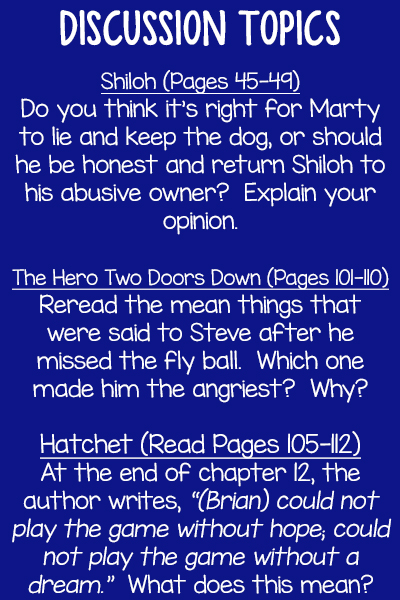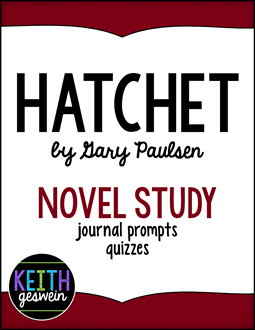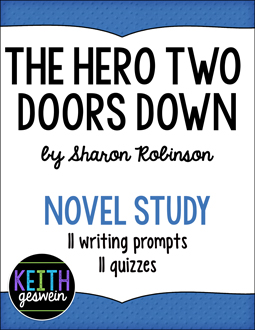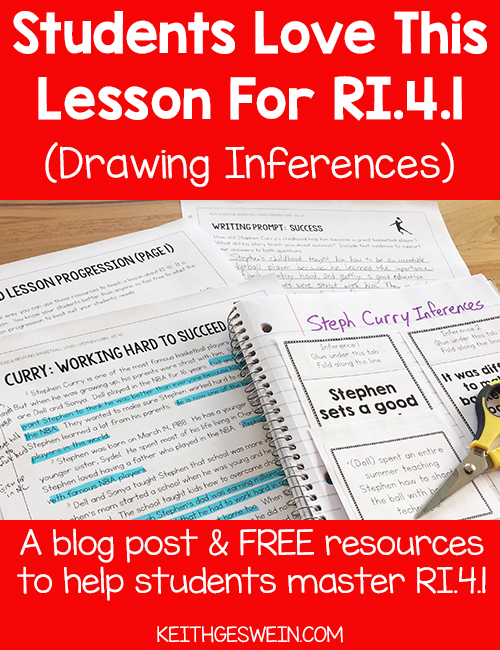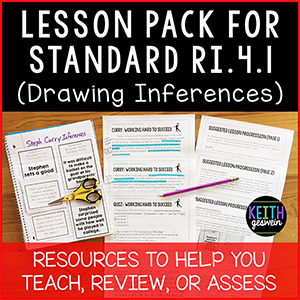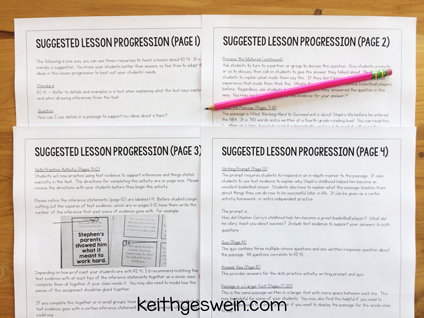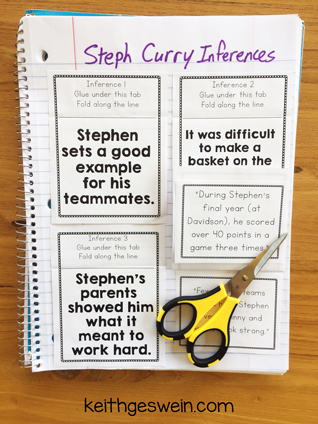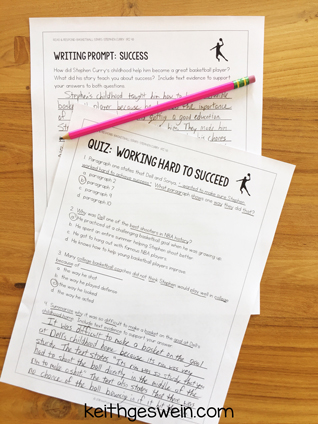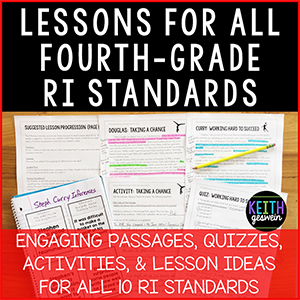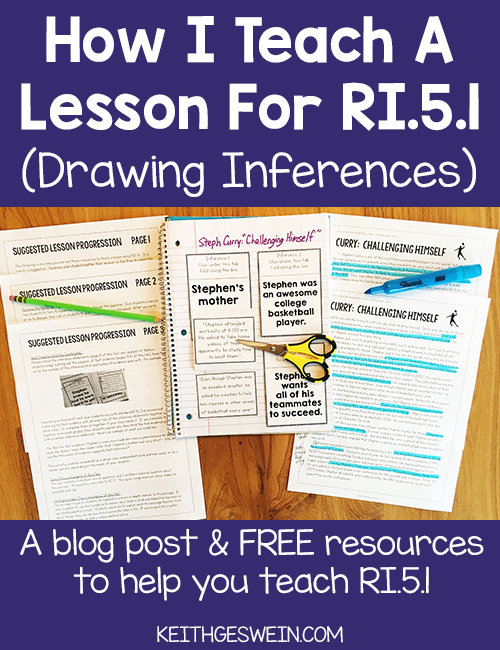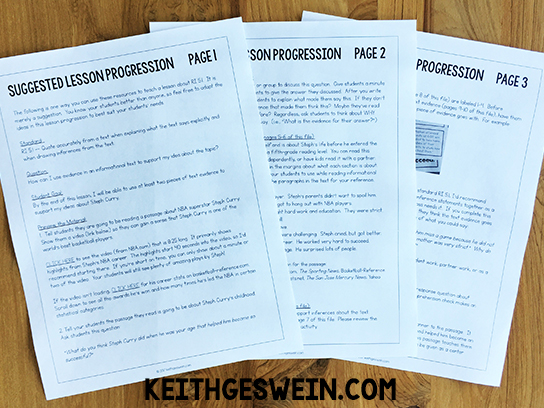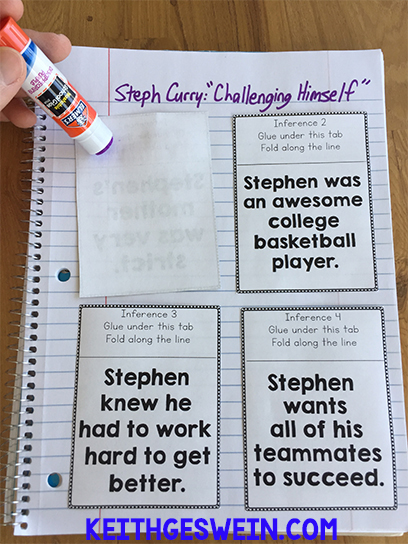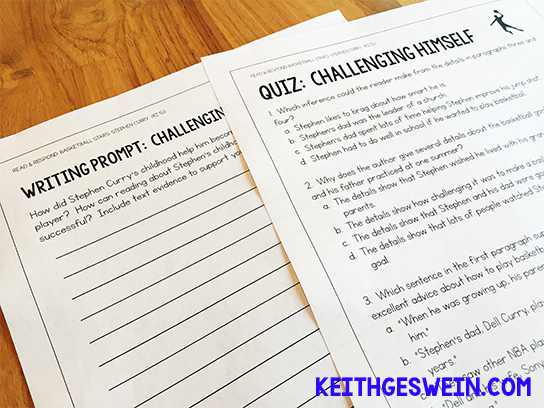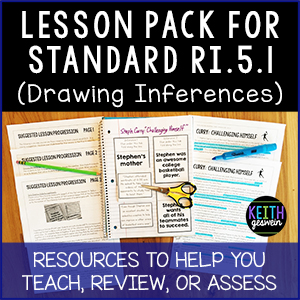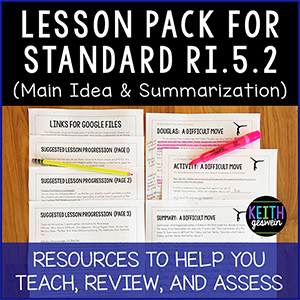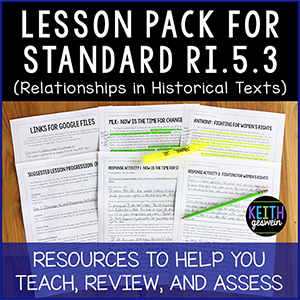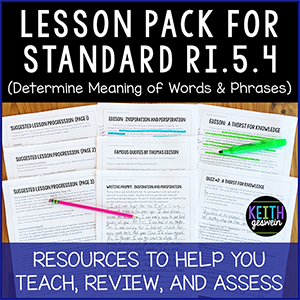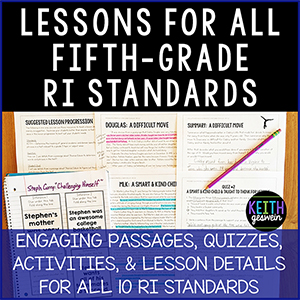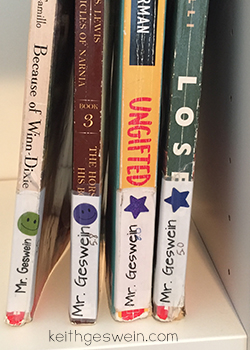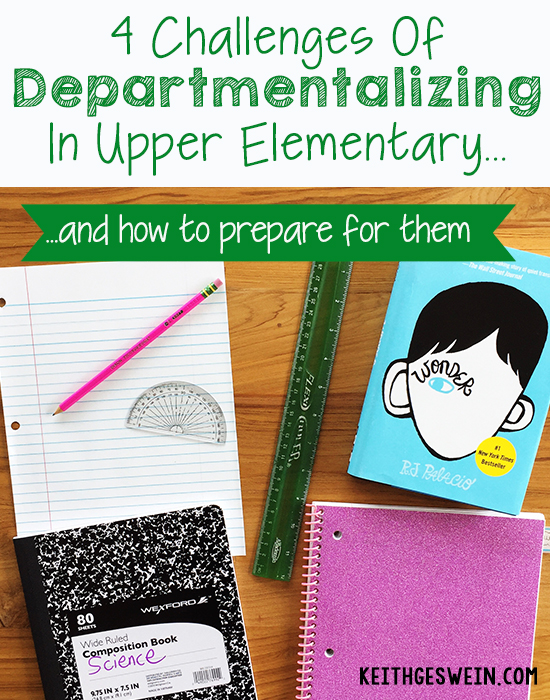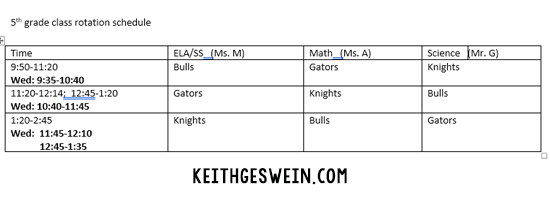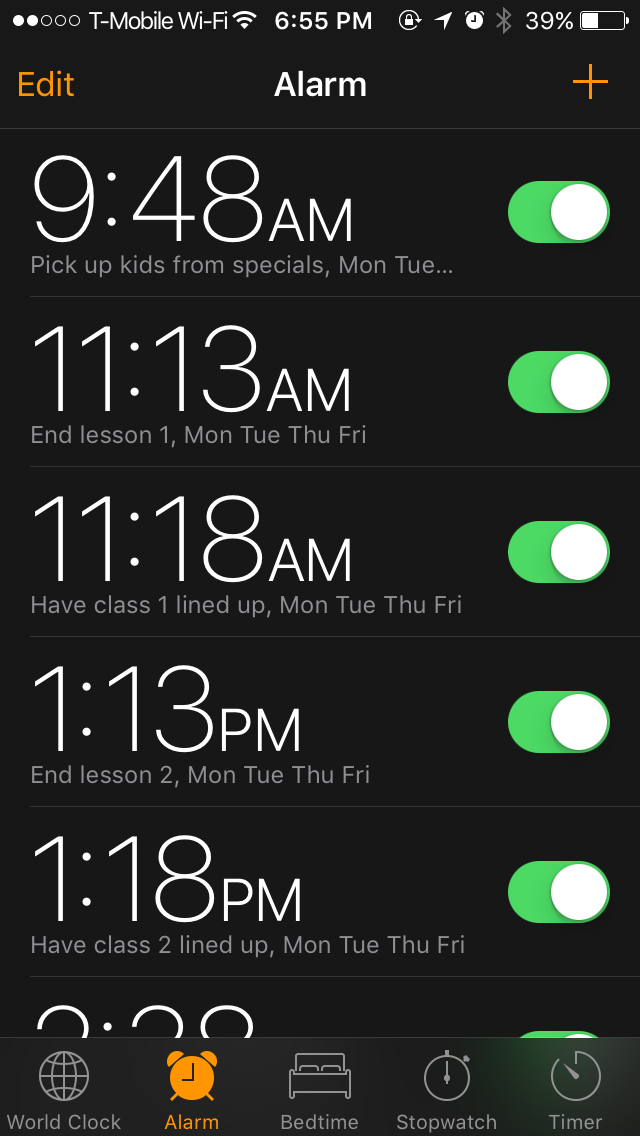I just read two amazing new books that are perfect for kids in grades 3-6. Both involve ghosts and mysteries. They also have great characters who bravely help others and discover more about themselves in the process. The books are:
Midnight at the Barclay Hotel, by Fleur Bradley
The Incredibly Dead Pets of Rex Dexter, by Aaron Reynolds
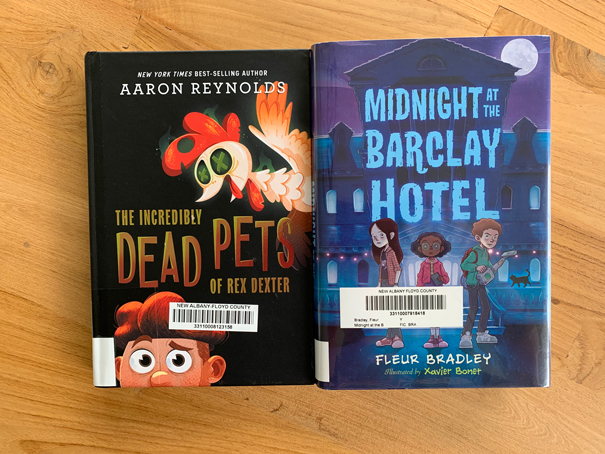
Midnight at the Barclay Hotel
Brief Summary
Five guests are invited to spend a weekend at a historic hotel in Colorado, which is rumored to be haunted. Two of the guests have kids who get to come, much to the delight of a young girl who lives at the hotel with her family. The guests arrive expecting a relaxing weekend, but instead, they are thrust into a murder mystery involving the hotel’s owner. The kids work together to find several important clues that help the adults solve the mystery.
Teachable Moments — People are More Than a Label
One of the girls, Penny, is primarily known as a quiet, timid child who only enjoys reading. The text states, “Everyone saw her as ‘Bookworm Penny,’ but she wanted to be more.” She was determined to solve the mystery, even if it meant putting herself in dangerous situations. The other two kids gained tremendous respect for Penny’s detective skills. Penny proves to herself that she is more than a “bookworm.”
Things to Keep an Eye On — Several Plot Twists
Your students may need help keeping track of several big plot twists. Penny and her friends uncover lots of information that help them solve the mystery, but there were a few times when I had to flip back a few chapters to remind myself of some key details. The author does an outstanding job of tying up all the loose ends at the end, but some kids might need help remembering things that happened earlier in the book.
Final Grade: A-
This was a fun read and the characters are amazing! There were a few great one-liners where the kids gave funny perspectives about adults. When the boy was trying to persuade his mom to accept the invitation to the hotel, he repeatedly told her it had a hot tub. He thought, “Most adults are suckers for hot tubs. It’s like going swimming without making an effort.” As an adult who loves hot tubs, I CRACKED UP at this line!
Resources
I’ve created 11 quizzes and 11 writing prompts for this book, which is one for every five chapters. The full resource, which includes each quiz and prompt in a Google Form, is available for $4.95 in my TpT store.
The Incredibly Dead Pets of Rex Dexter
Brief Summary
Rex has always dreamed of owning a dog. He thinks he’s finally going to get one on his birthday, but instead, his parents give him a pet chicken. Rex is devastated. Then he gets cursed after losing a mysterious arcade game with the Grim Reaper. Because of this curse, Rex becomes the go-to guy for the ghosts of animals who have recently died at the zoo. Rex is overwhelmed at the thought of helping these animal-ghosts, then he slowly starts to piece together some clues about how they were killed. By the end of the story, Rex and these animals make a fantastic team that stops a person from harming animals. He never gets a dog, but he realizes his pet chicken is the best pet he could possibly ask for.
Teachable Moments — Sometimes, It’s Okay If You Don’t Get What You Want
At the beginning of the story, Rex makes it very clear that he wants a dog more than anything else in the world. By the end of the story, he barely thinks about it. He has so many memorable experiences with the ghost-animals. He learns that more than one thing in life can make him happy. His “ghost-pet” chicken, Drumstick, becomes his new official “sidekick” at the end of the story.
Things to Keep an Eye On — Rex’s Sarcasm
I love Rex’s honesty. He doesn’t hold back on expressing his thoughts throughout the book. However, there are a few times when the sarcasm might go over your students’ heads. It’s also important to teach your students when it’s appropriate to THINK something as opposed to SAYING it.
Final Grade: B+
The ghost-animals are a lot of fun! Rex can hear them speak because they are dead and he is the only person who can see them. He even brings them to school. I also enjoyed seeing how Rex matured during the story. By the end, he accepts responsibility for a poor grade on a report, telling his parents he could have done more research. He also tells his parents that he understands if they don’t get him a dog.
Resources
I’ve created 10 quizzes and 10 writing prompts for this book, which is one for every four chapters. The full resource, which includes each quiz and prompt in a Google Form, is available for $4.95 in my TpT store.



